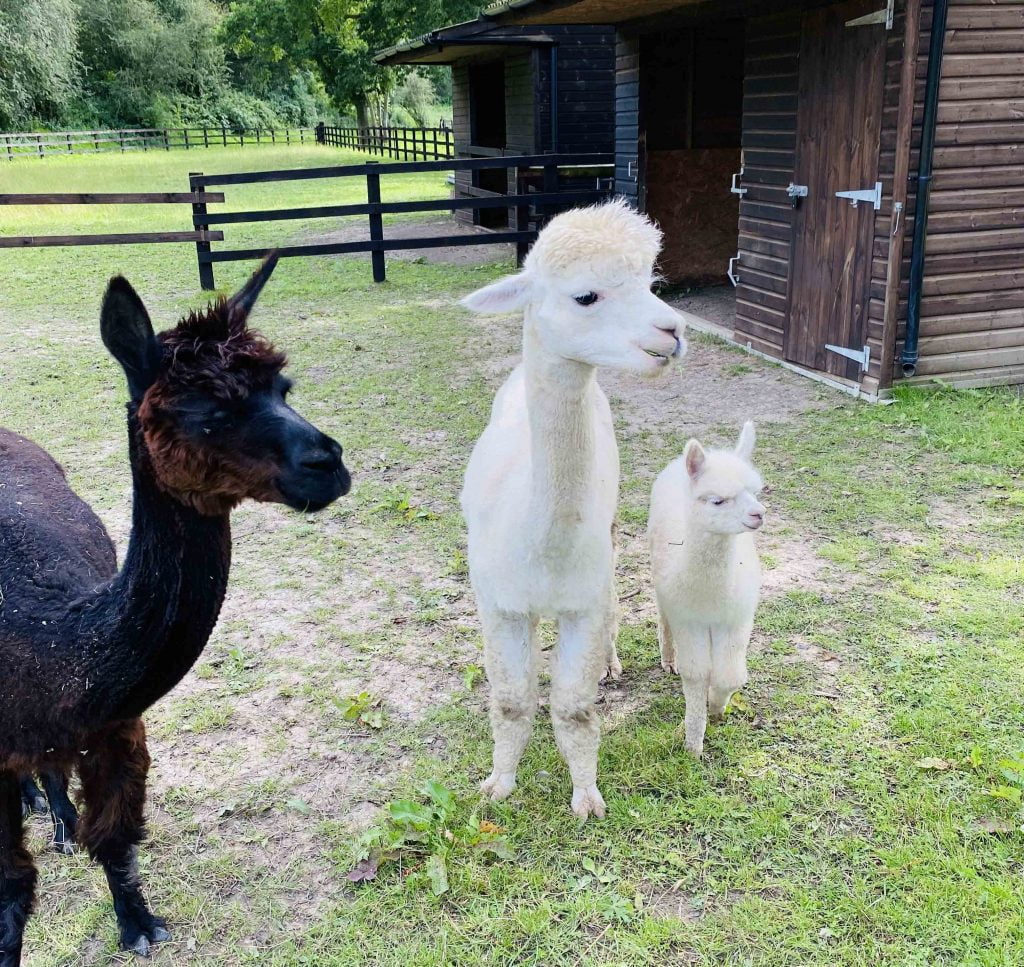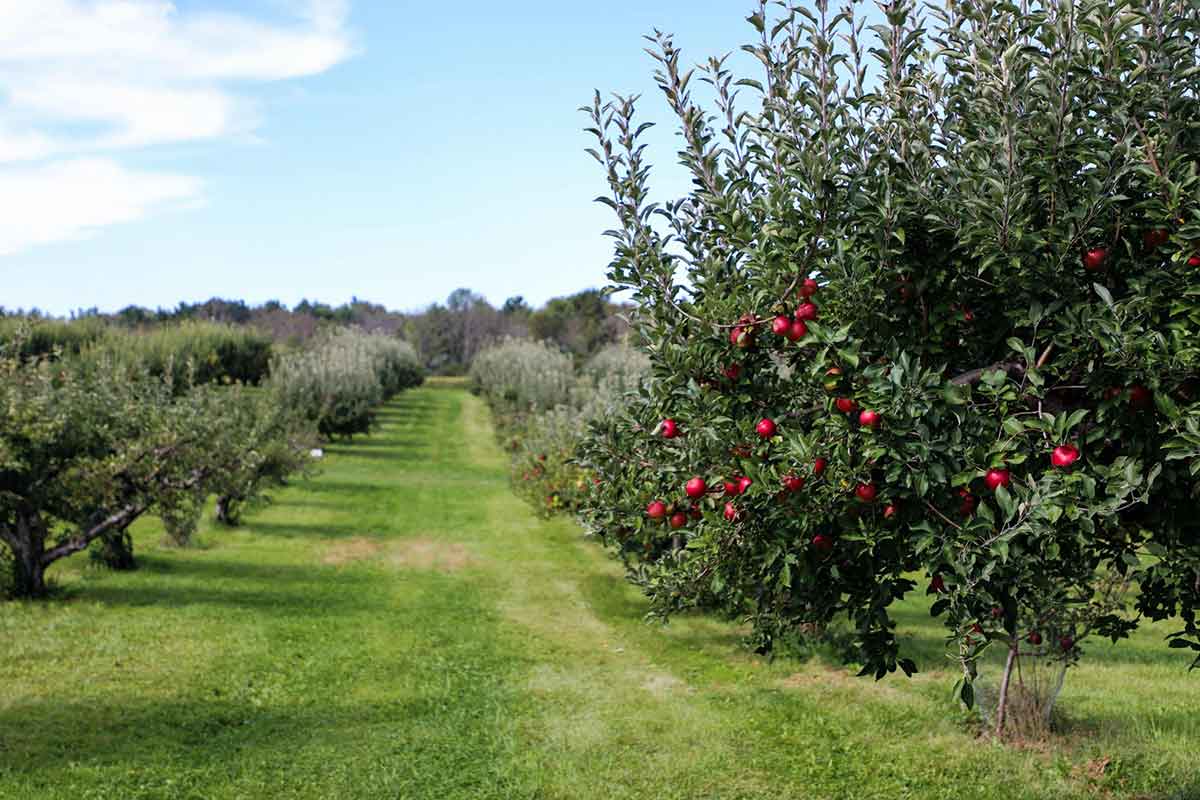To celebrate National Alpaca Farm Day tomorrow, we’ve put together some Alpaca Facts below plus a Quiz!
Good natured, docile, and soft, alpacas are popular with smallholders and small-scale farmers around the world. There are no wild alpacas, they are domesticated versions of vicuñas, South American ruminants that live high in the Andes. Alpacas are camelids and are closely related to llamas. While llamas are used as pack animals, alpacas are smaller and are raised mainly for their soft wool.
Alpacas are the smallest members of the camel family, the average height at the shoulder is 3 feet and they usually weigh around 60 kilograms. By comparison, the llama stands almost 4 feet and weighs around 150 kg.
Wild vicuñas live in a wide range of habitats, from the high and dry Atacama Desert in northern Chile to the wet and stormy Tierra del Fuego at the southern tip of South America. Alpacas are native to the Andes, they are so adaptable that they have been exported all over the world, so their “habitat” is often farmland. However, 99 percent of the world population of alpacas is still found in South America.
Alpacas are very social creatures, only happy when living in a herd. They are gentle and curious and with training can become great pets. They will occasionally spit when they are distressed or feel threatened. More surprisingly, they also hum; they make a sound like “mmm,” which can sound very soothing. They also shriek when danger is present and fighting males will sometimes scream.
As herbivores, alpacas only eat vegetation. They eat mostly grass, but their diets can also include leaves wood, bark, or stems. They love bite-sized treats of apples, berries, broccoli stalks, carrots, pumpkin, raisins, turnips, and other safe-to-eat fruits, vegetables, and plants. Treats must be cut up or shredded to prevent choking in this herbivorous animal, as they only have lower teeth for tearing, not chewing. Like other ruminants, alpacas have a three-chambered stomach that digests the roughage efficiently. Unlike other grazers, alpacas don’t eat much, generally consuming 1.5 percent of their body weight each day.
Alpacas breed once a year, the female has a gestation period of around 280 days, although this can vary wildly dependant in the season, and gives birth to just one offspring. The baby alpaca, called a cria, weighs around 8 kg. The cria is weaned at 6 to 8 months, and females are ready to reproduce after 12 to 18 months. Males take a bit longer to mature and are ready to mate at around 3 years. Alpacas can live up to 20 years.








